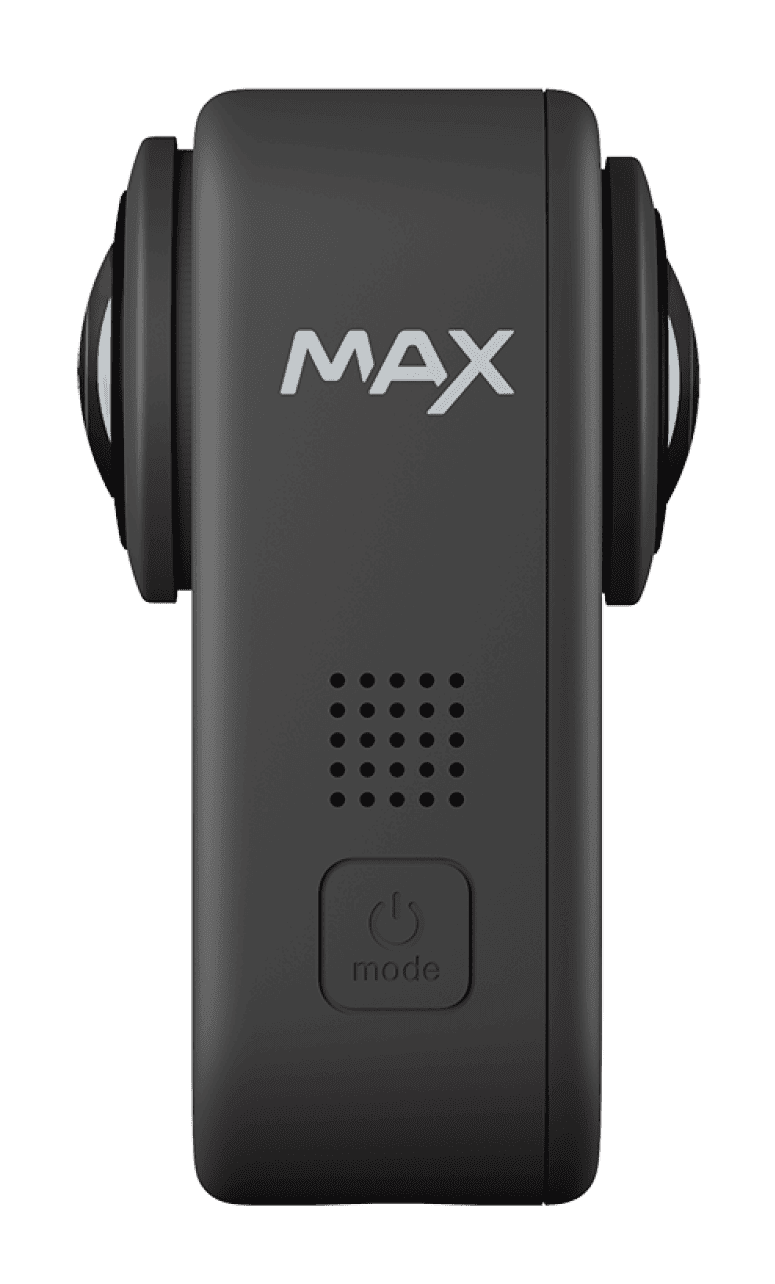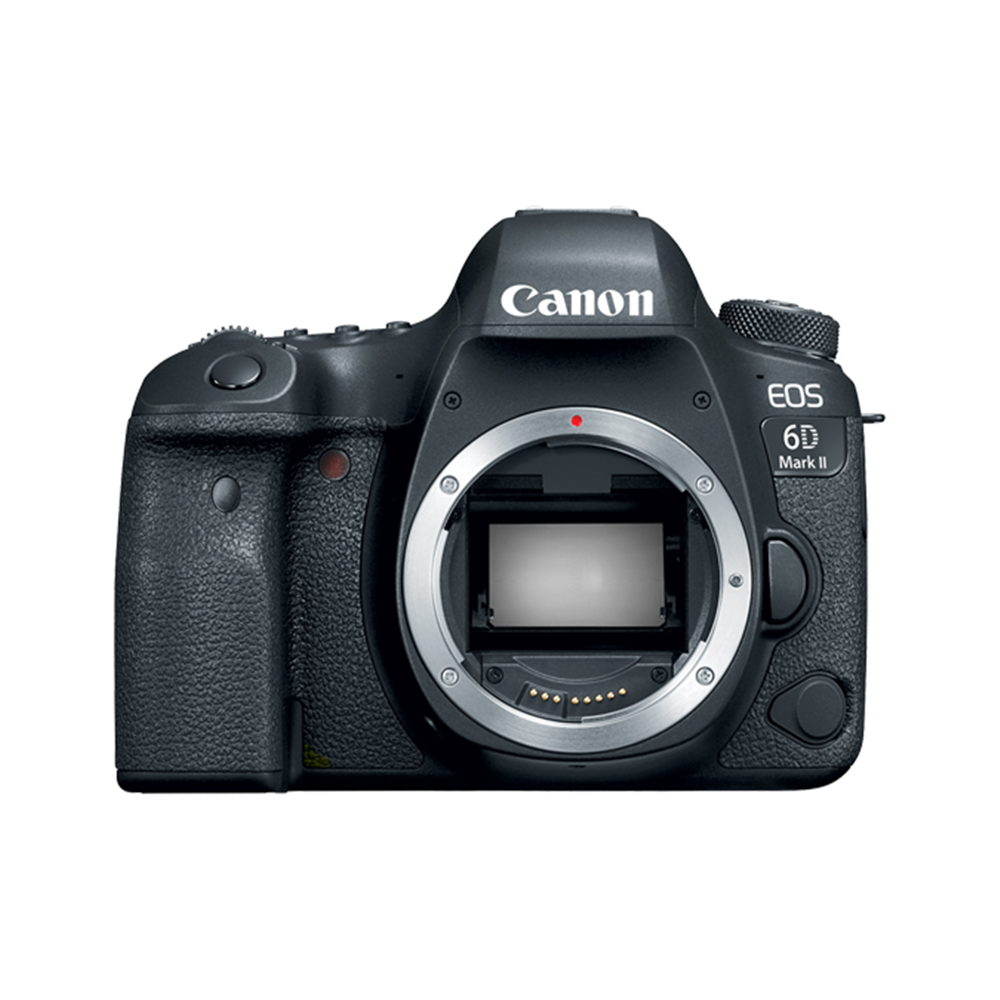… and it wasn’t so bad thanks to all the (quality) gear, all the time. This weekend we had family friends coming over so I took their son and mine up to S.M.A.R.T. Adventures for an afternoon dirt biking. My boy did a day on bikes last year so he was stepping up to intermediate level, the other boy had never ridden before.
It was a glorious day. We had snow last week but it was 15°C and sunny on Saturday, and we weren’t gettting on a bike until it had already reached that lofty high.
 |
| They kit you up good at SMART! |
We got kitted up and out to the bikes. Ethan went with another new rider and did the how-bike-controls-work introductory lesson. Max hadn’t been on a bike in 10 months and had only had a day when he last did, but he remembered all the basics so off we went.
It was trapped so tight I was thinking it was already broken, but SMART doesn’t mess around with the kit. Those SIDI off road boots are the balls. Having been caught between the two bikes (which were now locked together), there was an incredible amount of pressure on my ankle, but the boots were taking the brunt. I couldn’t move and was frustrated that I hadn’t avoided the situation entirely, but it was a series of events I couldn’t see behind me and the accident was no one’s fault. Max was feeling terrible about it, but once the tail end instructor had run down the hill and seperated the bikes, I got up and tested the ankle and was stunned to find I could stand on it without any real pain. Even now, a day later, it’s only mildly bruised and I’m able to walk on it without any pain. If I hadn’t been in good off road boots I’d have dust for an ankle.
leaving space, keeping his eyes up and experienced target fixation for the first time (which might one day save his life if he’s learned to look where he wants to go). It also underlined my belief in ATGATT. I tell you what, thanks to SMART I’m going to be looking for some SIDI dirt boots when I finally get my own kit. They aren’t cheap, but then neither is a broken ankle. Wear the right kit and even if you have an accident, you walk away!
I’m still hoping to get Max and I sorted out with a couple of tidy 250cc bikes to go trail riding together. It’s great exercise, a wonderful way to get deep into the woods and sure, it could be dangerous, but with the right kit and a sensible approach to riding it’s a manageable risk that can also have minimum environmental impact. A knowledgeable trail rider leaves no trace while exploring wilderness in a way that few other activities allow, often enjoying over 70mpg.
from Blogger https://ift.tt/0xGFtd4
via IFTTT





































